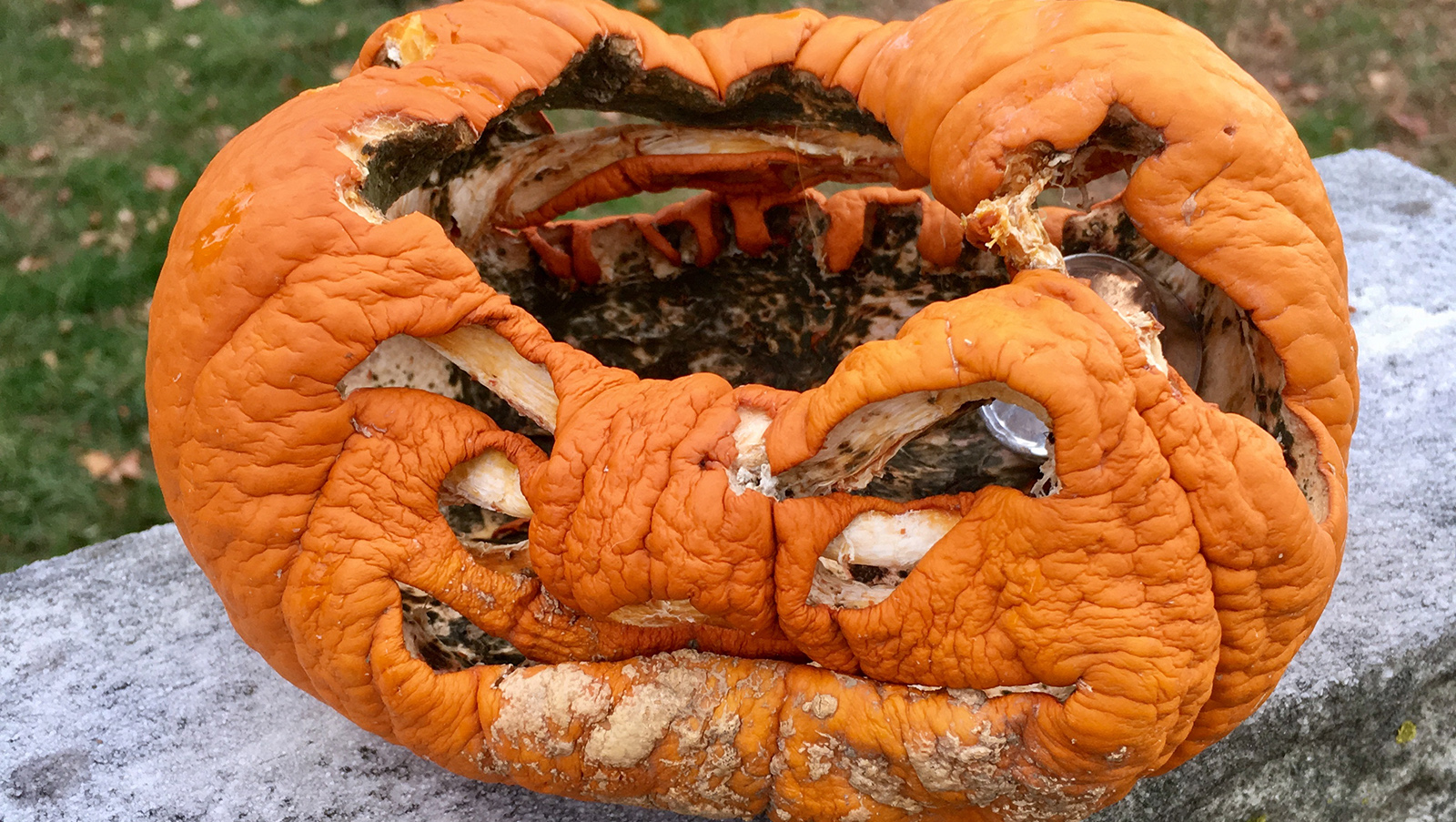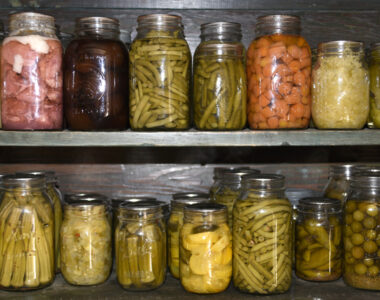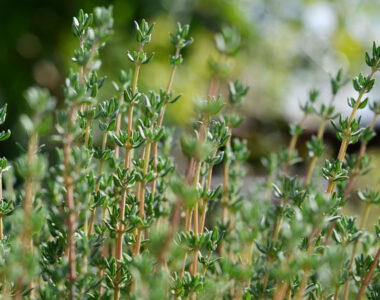
After the trick-or-treating ends and the jack-o’-lanterns start to collapse, most pumpkins and decorations head straight to the trash. Yet across the country, many farmers are proving that sustainable Halloween farming can turn seasonal waste into valuable resources for both soil and community.
Composting Pumpkins and Corn Stalks
Farms that practice sustainable Halloween farming see leftover pumpkins and corn stalks as raw materials, not garbage. Instead of sending them to landfills, farmers compost them to create nutrient-rich soil. Composting adds organic matter, boosts microbial activity, and improves moisture retention for spring planting.
Some farms even partner with local towns or schools to collect carved pumpkins after Halloween. Community members drop them off at compost bins or designated piles on local farms. Within months, those discarded decorations become dark, healthy compost that feeds next year’s crops.
Corn stalks follow a similar cycle. Farmers shred or till them back into the soil, returning nutrients and organic material that improve long-term soil structure. These efforts save money on synthetic fertilizers and reduce the methane emissions that occur when plant matter decomposes in landfills.
Eco-Friendly Farm Decorations and Upcycling
Sustainable Halloween farming goes beyond composting. Many farms now use biodegradable or reusable décor for fall events. Straw bales, dried flowers, and natural gourds create festive displays without plastic waste. When the season ends, farms reuse these materials for animal bedding, mulch, or compost.
Some creative farmers even upcycle old pallets into rustic signage or use leftover corn husks to craft wreaths and garlands. These simple projects attract visitors while reducing waste and costs.
Tips for a Waste-Free Halloween
Consumers can take part in sustainable Halloween farming practices at home too. Choose local pumpkins from nearby farms and compost them after the holiday. Use natural decorations like leaves, twigs, or dried corn instead of plastic. Swap out single-use candy bags for reusable totes, and donate uncarved pumpkins to farms or animal sanctuaries.
By supporting sustainable Halloween farming, communities keep organic waste out of landfills, strengthen local agriculture, and make the season more meaningful. This Halloween, a little creativity and care can make a big difference for farms, families, and the planet.



